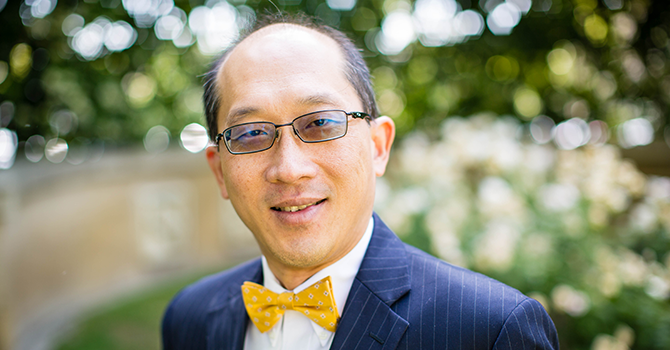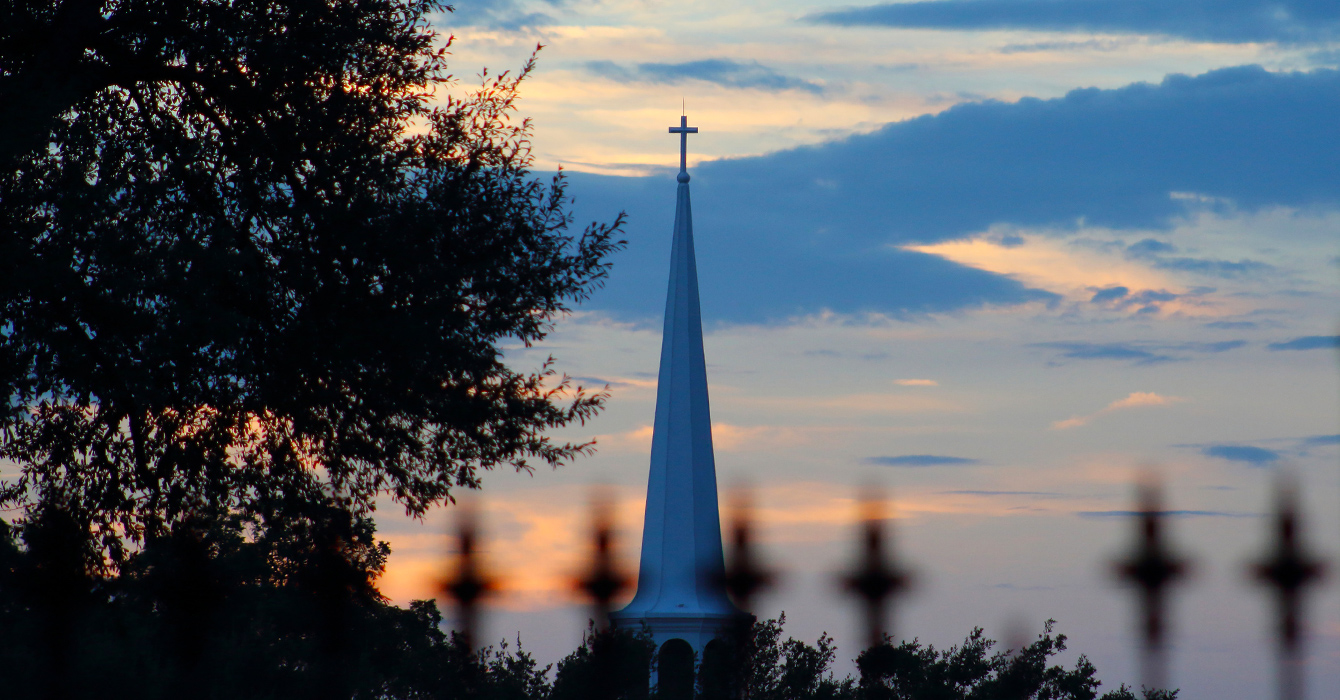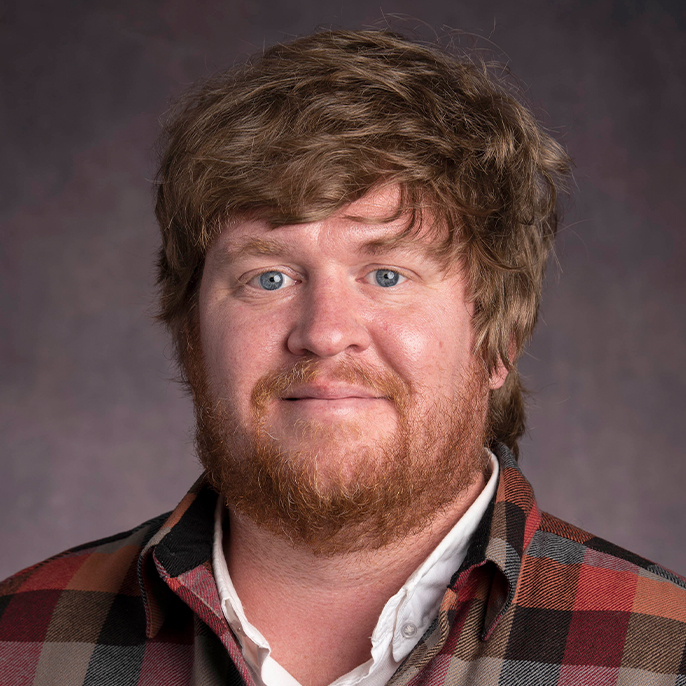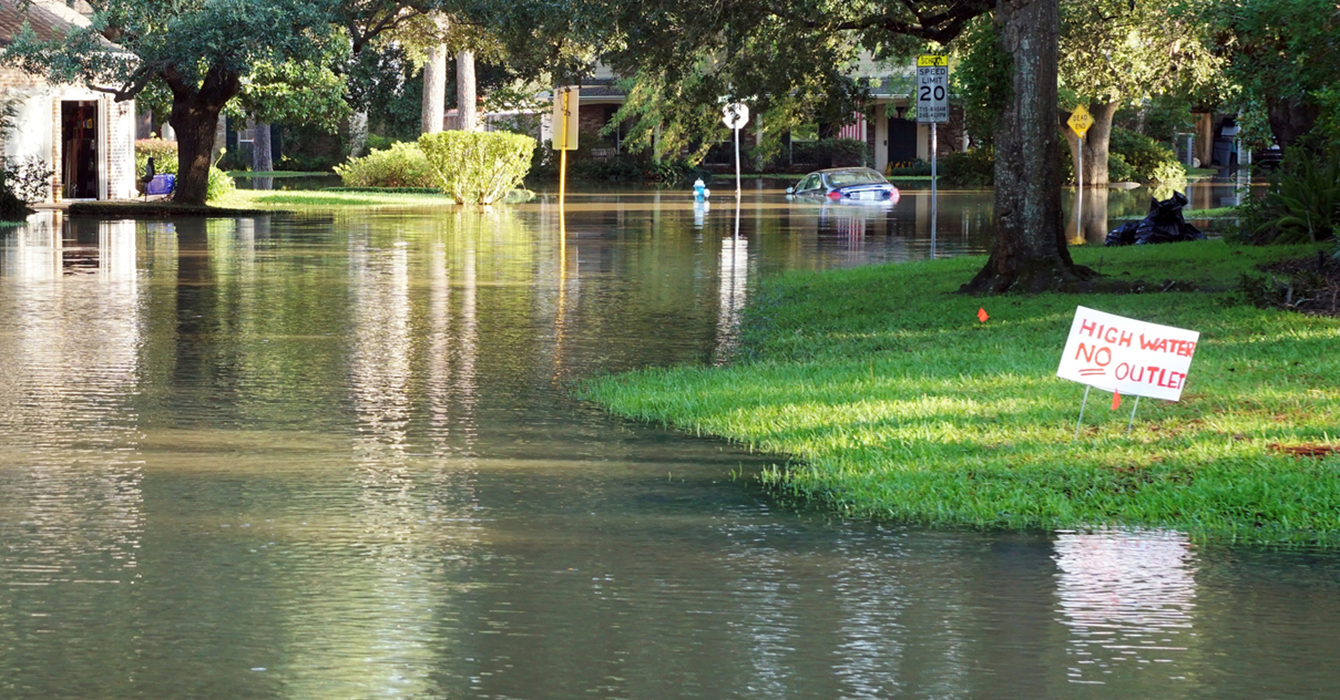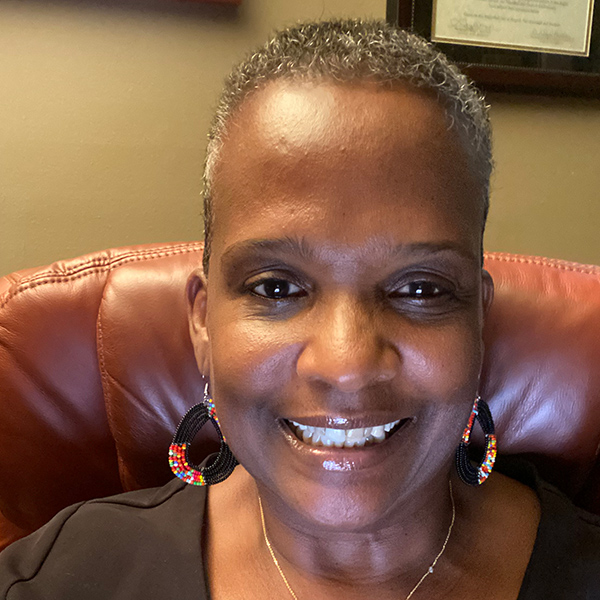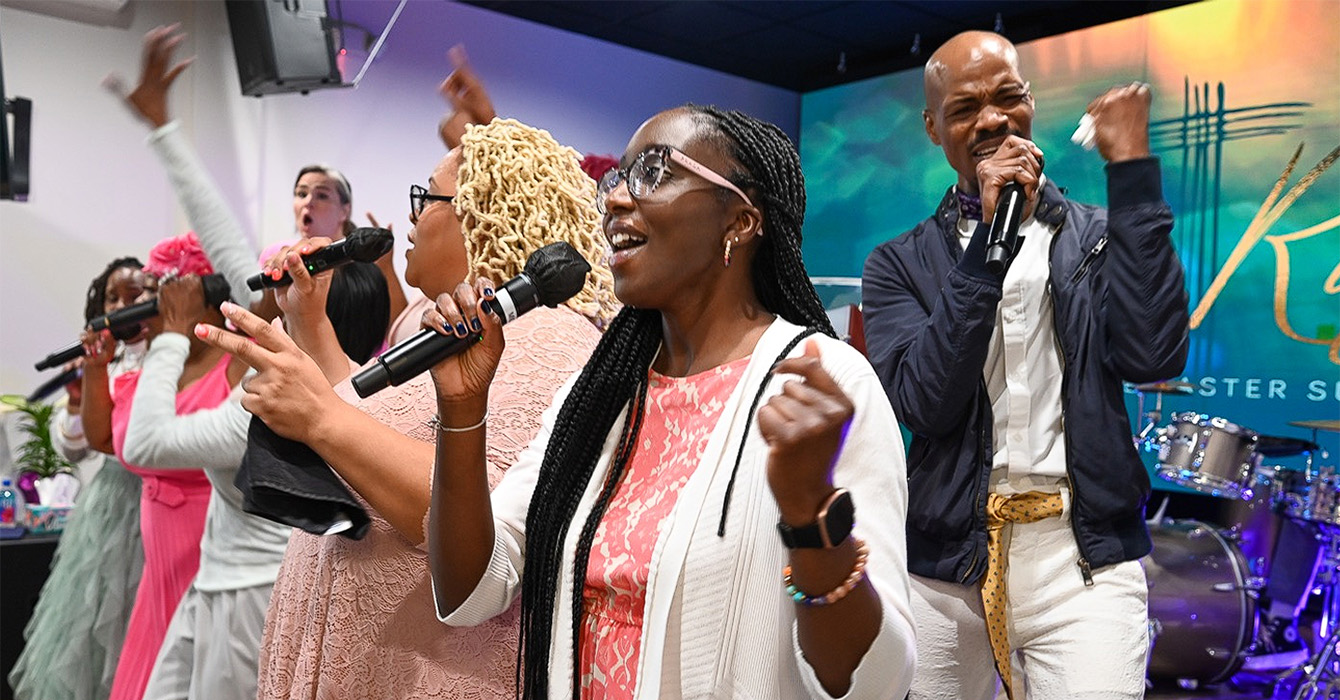Across four decades, I have earned a living by teaching what catalogs call “the Christian tradition.” I have spent at least as many years trying to figure out what it means to do that kind of teaching, considerations I write about in "Tranforming Fire" for the Theolodical Education Between the Times series.
There are obvious questions about what constitutes the Christian tradition. For example, inherited Christian teachings are never singular, never one tradition. Christian living spins out variations.
Some of those variations inflate to become disagreements. Persistent disagreements harden into demands for enforceable rules about who counts as Christian. Those demands call forth resistance: one group’s heresy becomes another’s life-giving insight.
We don’t have much trouble spotting variations in habits of worship, styles of preaching or even doctrinal formulas, though we do disagree about how to value them. Is that new explanation of Trinity a deformation or an inspiration? Is this ritual a venerable liturgy or just the way some congregants remember worship from their childhoods?
Church history shows that even violent enforcement cannot stop change in how earnest followers of Jesus preach, pray or shape their lives.
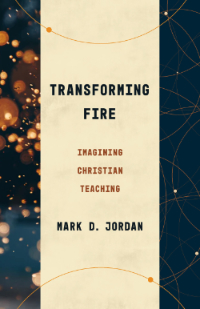 The longer I’ve taught, the more time I’ve spent on puzzles that are not so obvious. If it’s fairly easy to chart deviations from a denomination’s rules, it’s much harder to notice changes in the forms that carry the particular contents of a tradition.
The longer I’ve taught, the more time I’ve spent on puzzles that are not so obvious. If it’s fairly easy to chart deviations from a denomination’s rules, it’s much harder to notice changes in the forms that carry the particular contents of a tradition.
It’s clear that a single biblical verse can generate dozens of contradictory interpretations. It’s not so clear that groups divided by major doctrinal differences can tacitly share current views about what counts as knowledge and how to communicate it. The real puzzles in teaching Christian tradition have to do with teaching: how far it is possible, how it might be done skillfully.
Underneath our bewildering variety of theological schools, you can find a number of tacit agreements that are so obvious, so “natural,” that it feels silly to notice them.
For example, the schools mostly agree on the possibility of transmission. They assume that important parts of Christian tradition can be taught -- predictably, professionally. They claim in chorus that traditions fit into curricula that end with credentials.
Given the national framework of higher education (however dented), theological schools construct course offerings with one eye on accreditation standards or ordination requirements and the other on what their particular students want to learn.
I can testify that this system fosters vivid fantasies. Before enrolling in college, I marked up catalogs with confidence that a one-semester course could indeed deliver “a complete survey of Christian thought” or, at least, “major figures of contemporary theology.”
The thing about teaching theology is that it tests all those tacit agreements about schooling, beginning with assumptions about who controls tradition and who can teach it. Sharp questions arise, for example, about the state of the field in relation to the deeper movements of theological discovery.
Does the current consensus in my teaching guild really narrate a providential past or evoke an eschatological future? And how should a teacher judge the prevailing status hierarchy that determines who gets to speak with authority?
Looking back over four decades of assigned texts, I recognize many fads. Authors, methods, whole subfields arrived triumphantly in the classroom only to slip out mumbling a few semesters later.
In the U.S., more schools now acknowledge the systematic exclusion of whole groups of people from past courses and curricula. Those acknowledgments are important and urgent.
But even an expanded canon remains a canon -- that is, a historically specific effort to legislate a divine truth that moves like the wind. It risks the distortions of trending celebrity or the complacencies of local ideology.
Tacit agreements around theological education can also limit the persuasiveness of individual works included within the canon precisely by holding them up as authorities.
Dorothy Day is often remembered to have remarked, “When they call you a saint, it means basically that you are not to be taken seriously.” Whatever exactly she said or meant, canonizing books often trivializes them by identifying them with an external authority or reducing them to cliches.
The most vivid theological books, like the Gospels themselves, often surprise and sometimes shock. If I help them to speak for themselves, they will often enough contest my own practice in teaching them.
The unavoidable challenge in teaching theology is to open the right kind of space for greater teaching to occur by the books or authors of living tradition, by the present action of the divine we regularly profess and rarely hear.
I call this space a scene of instruction, and I read persuasive Christian books, including our Scriptures, as instructions for entering specific scenes. The Gospels not only describe scenes of Jesus teaching; they trace a path for those who want to encounter his teaching in the present.
Many other books, imitating the Gospels, invite the reader explicitly to move with them. Even comprehensive works of theology -- which we misread as encyclopedias or anthologies of proofs -- were conceived as ongoing practices of instruction that begin in the finished text in order to move beyond it.
Theological libraries preserve living records of instruction; they are neither vaults of information nor codes of administrative law.
As a young teacher, looking frantically for help, I was frustrated by many books about teaching. Either they offered small, tidy solutions to tactical problems or they deduced a system of ideal Christian education.
We teachers of theology need neither solutions nor systems. What we lack is a renewed commitment to formation, beginning always with our own. We don’t need books about teaching so much as books that teach. One place to find them is in the most persuasive titles we assign to our classes, especially once we have enlarged our sense of what counts as theology.
Those books of Christian formation do still work wonders, if only by reminding us to open our eyes to the theology that now appears around us.






